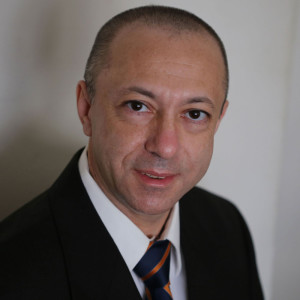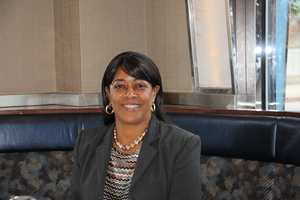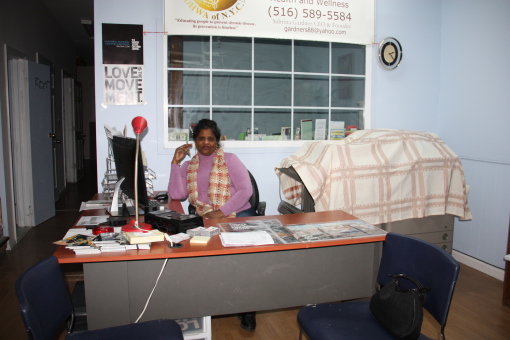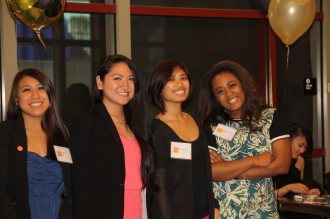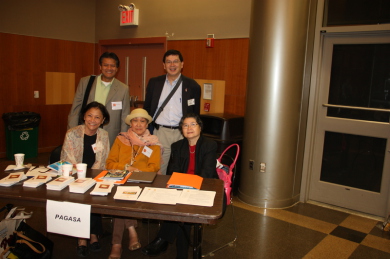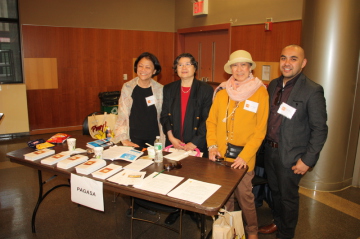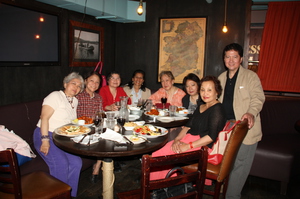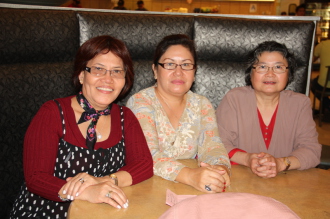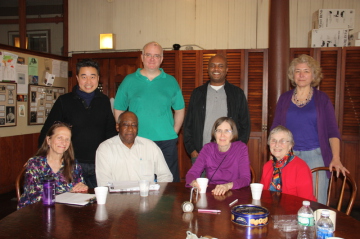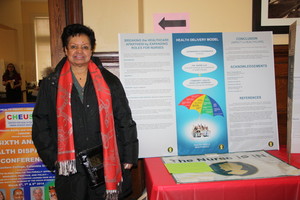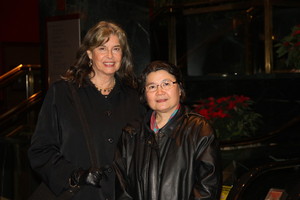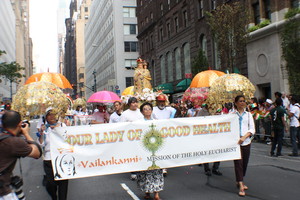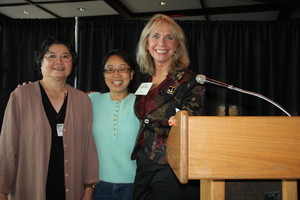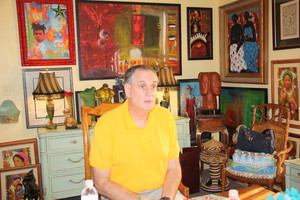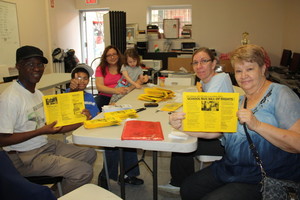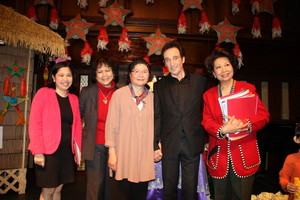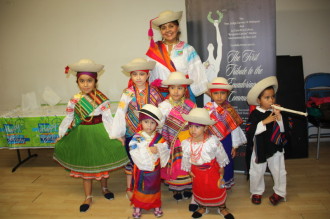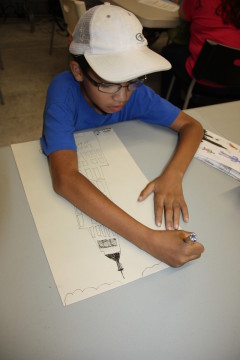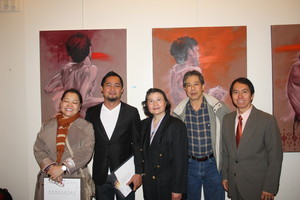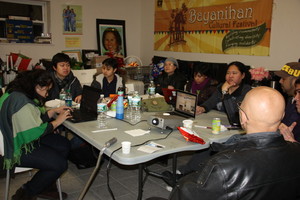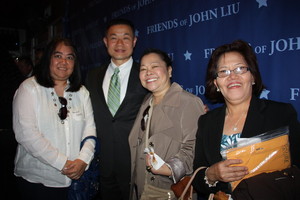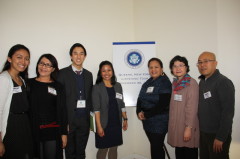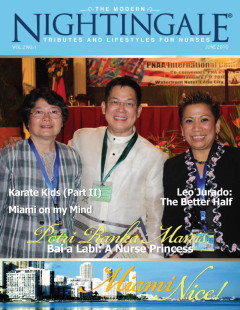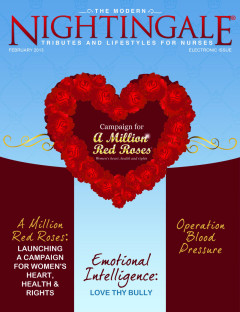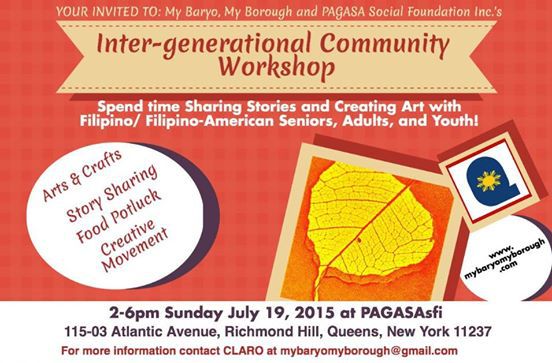The Library & Museum of Philippine American History, Arts & Culture
WELCOME to the Library and Museum of Philippine American Arts and Culture
Where You are the hero, poet, and the song of Las Islas Filipinas
"It is the duty of every Filipino to advocate for the renaissance of Philippine Art, Culture and Tradition now and until the end of time".
~Cristo Rey Alunan/Dr. Zal Velez
Research on Philippine History
BACKGROUND
What's Culture Got to Do With Political Power?
Based and quoted from an article by Jon Melegrito, Washington DC, for his column, "Wrestles with Pillows," in The Filipino American Journal, March 1999. Jon Melegrito was a past Executive Director of the National Federation of Filipino American Association (NaFFAA).
New York-based Filipino American poet and critic Luis H. Francia puts it rather bluntly: "Our lack of political power has a lot to do with our lack of cultural presence in this country. You cannot separate politics from culture!"
At a meeting of Filipino American leaders convened by Loida Nicolas Lewis in New York, Francia bemoaned the stark absence of Philippine cultural institutions in the American mainstream.
"The Japanese and Chinese have their museums that document their culture," he said. "Why don't we have our own national cultural center? We need archives and library collections documenting our history. How many know about the 'manongs,' about our contributions to labor organizing in this country, about Larry Itliong, about the heroism and sacrifices of Filipino World War II veterans? How about the Filipino American war? no wonder Americans don't know what we are talking about when we ask them to return the Bells of Balangiga."Poet Eric Gamalinda piped in. "Even sadder is the fact that there's so much hunger especially among the youth for knowledge about their culture and history. But they don't know where to find them." A teacher at New York University, Gamalinda said he's learning about this from Filipino American students, in classrooms and in conferences like the Filipino Intercollegiate Networking Dialogue or FIND.
So, where do they find it? How is it presented in the American mainstream?
"Our idea of culture is balls and pageants, " Francia added. "We have to go way beyond that. Because the way we present ourselves culturally will affect the way we are perceived politically. We have so many talented and gifted Filipino writers, filmmakers, actors and artists. Right here in New York. But they feel excluded from the Filipino community. And yet they have so much to contribute to our cultural presence in this country."
Luis Francia and Eric Gamalinda had edited a book entitled "Flippin': Filipinos on America." Published in 1996, this anthology of stories and poems deal with topics, such as, the Philippines' shared history with America, family, survival, relationship, nostalgia, home, faith, loss, joy."These are the values that define a people, and with which they mark their place in the world -- the whole gamut human experiences, but seen through the eyes of those whose lives have been shaped and defined on both sides of the earth, by cultures that have often conflicted with one another," Gamalinda wrote.
After listening to both these "cultural workers," one thing became readily apparent to Loida Lewis, "Cultural Empowerment" is just as important as Political and Economic Empowerment."
All these dimensions are critical to our visibility in the American mainstream. If we must mark our place in this world, it's not enough to be politically and economically empowered. Our distinct cultural identity as a people, shaped by our history and values, must also shape our aspirations toward empowerment in this country.
Philippine Renaissance: The Story Begin with You
CREATING a HUB: The Philippines & Its Neighbors
Asia Society: Celebrating the Arts & Culture of the Philippines (Fall, 2015)
This fall Asia Society highlights the Philippines—from an extraordinary museum exhibition and evening at the opera, to the next wave of
cutting-edge film and contemporary designers’ showcase—as we seek to capture the energy of Philippine arts. We begin this special season with the stunning exhibition Philippine Gold: Treasures of Forgotten Kingdoms. On view from September 11, 2015, to January 4, 2016, the exhibition highlights the sophisticated
goldsmithing culture of the Philippines from the tenth to the thirteenth century. The recent discovery of many of the gold objects in the exhibition has helped reshape our understanding of
precolonial Philippine history. The rich diversity of the Philippines is little known in the United States and we are proud to raise awareness of the extraordinary creativity of the musicians,
filmmakers, writers, video artists, and designers of the Philippines.
This unprecedented programmatic season uses gold—and the indigenous people of the region of Butuan—as the inspiration for a reimagining of Philippine history and
identity. It will look at the legacy of colonial times with the Tunog ng Ulap Rondalla, examine precolonial
times with Grace Nono and indigenous musicians from the region of Butuan, and celebrate current artistic expressions
with the Ma-Yi Theater Company and showcases of contemporary design and the recent revival of Philippine
cinema.
Artists
Authors
Entrepreneurs
Film Makers
Organizations
Scientists
DJ Neil Armstrong, renowned and groundbreaking DJ
Liz Casasola, founder, Broadway Barkada
Michael Dadap, guitarist/composer/conductor
Christelle de Castro, photographer/filmmaker/art director
Sarah Gambito, founder, Kundiman
Kate Gavino, author, Last Night's Reading
Susie Ibarra, composer, sound artist
Lucille Javier, co-founder #beawesometosomebody
Jose Llana, actor, The King and I
Nicky Paraiso, director
Nicole Ponseca, restaurateur, Maharlika/Jeepney
Jose Antonio Vargas, Pulitzer Prize winning journalist
Jamieson Webster, author, The Life and Death of
Psychoanalysis
FAM (Filipino American Museum). Curated with Nancy Bulalacao-Leung.
FANHS (Filipino American National Historical Society) with Dr. Kevin Nadal
Kinding Sindaw (A Melayu Heritage) with Potri Ranka Manis
Lenora Luisa Cabili http://www.filipinna.com/blog/
PJ Gubatina Policarpio http://www.pjpolicarpio.net/
The Divine Child and Religious Art Museum
Alamat: Stories of Philippine Gold
Using movement, songs, and a striking visual style, Ma-Yi Theater Company has created a compelling evening of theater that retraces the evolution of Philippine Gold as uniquely Filipino. Weaving together various indigenous myths about creation, nature, and tribal histories, Alamat: Stories of Philippine Gold tells the story of gold before colonization by the West.
“Alamat” is the Filipino word for legend or folktale. The Philippines is rich with these mythical tales that are unique to each region of the country. The Ilocanos, the Tagalogs, the Visayans, the peoples of Maguindanao all have unique stories about how this precious metal has become part of their collective stories.
Written for the stage by Ralph B Peña
(Based on stories compiled by Mabel Cook Cole (1846 - 1923) in her book "Philippine Folk Tales," published by A.C. McClurg & Co. 1916)
About the artists:
Ralph B. Peña (playwright) is a founding member and the current Artistic Director of Ma-Yi Theater Company. Recent directing credits include Nick Pichay's Macho Dancer, A Musical (Cultural Center of the Philippines), Lloyd Suh’s The Wong Kids in the Secret of the Space Chupacabra Go! (Children’s Theatre Company and Ma-Yi Theater Company; WINNER – Off Broadway Alliance Award), Joshua Conkel’s Curmudgeons in Love (EST Marathon), Ruth Magraff’s Centaur Battle of San Jacinto, Michael Lew’s Microcrisis (EST/ Youngblood and Ma-Yi Theater Company), and Lloyd Suh’s Children of Vonderly, and Nicky Paraiso’s House/Boy for LaMama ETC, and Dublin Theater Festival. He is a member of the Ma-Yi Writers Lab and The Ensemble Studio Theater.
Jack Tamburri (director) is a theatermaker currently based in Philadelphia. He has directed, devised, written, performed, and produced on his own and with companies like the Plagiarists (Chicago), Ma-Yi Theater Co (NYC), and FringeArts (Philadelphia). He is a graduate of the University of Chicago and the Yale School of Drama.
In conjunction with the exhibition Philippine Gold: Treasures of Forgotten Kingdoms, on view September 11, 2015 through January 3, 2016.
Read more at http://asiasociety.org/new-york/events/alamat-stories-philippine-gold#ldseJTcdok2Zjdw8.99
Philippine Gold: Treasures of Forgotten kingdoms
"A
gorgeous and historically intriguing exhibition"
— The New York Times
This exhibition presents spectacular works of gold primarily discovered over the past forty years on the Philippine islands of Luzon, the Visayas, and Mindanao. The regalia, jewelry, ceremonial weapons, and ritualistic and funerary objects attest to the recently uncovered evidence of prosperity and achievement of Philippine polities that flourished between the tenth and thirteenth centuries, long before the Spanish discovered and colonized the region. Although the forms and styles of the majority of these works developed locally, some indicate that Philippine craftsmen had been exposed to objects from beyond their borders through the robust cultural connections and maritime trade in Southeast Asia during what was an early Asian economic boom.
The Philippine archipelago of over 7,000 islands lies between the Pacific Ocean and the Indian Ocean in the region off the Asian mainland known as Island Southeast Asia. During the time when artists and craftsmen created the works in this exhibition, mariners, merchants, missionaries, and emissaries plied the waters connecting the tropical isles to distant lands including China and India. Monsoon winds dictated the comings and goings of merchant ships—the time of year they docked, how long they stayed, and when they set sail. Port settlements near protected coves such as ancient Butuan by the mouth of the Agusan River where it empties into Butuan Bay in northeastern Mindanao attracted ships and sailors seeking refuge from the strong southwest winds that blew from May to November. Some of these merchant ships traded for the natural resources of what early Indian texts refer to as Survarnadvipa, or “Islands of Gold,” a geographic place name that scholars believe refers to the islands of Southeast Asia, including Sumatra in Indonesia and nearby Mindanao and Luzon in the Philippines.
The Philippines has the second largest gold deposit in the world. The works on view here—from tiny gold tweezers to fabulous pieces of jewelry—reveal that these natural resources were readily exploited by the local people between the tenth and thirteenth centuries. While the diverse objects offer clues about those who produced and used them, future finds will hopefully provide further information about the once flourishing but now lost cultures that created these sophisticated treasures.
Philippine Gold: Treasures of Forgotten Kingdoms is organized by Asia Society, New York, and Ayala Museum, Philippines.
Florina H. Capistrano-Baker, Consulting Curator, Ayala Museum
Adriana Proser, John H. Foster Senior Curator for Traditional Asian Art, Asia Society
The Kingdom of Butuan
The polity known as Butuan in the southern Philippines rose to commercial prominence in the tenth century, but ultimately declined in the thirteenth century for unknown reasons. The cultural area associated with this land transcended the political boundaries of the present-day Philippine provinces of Agusan del Norte, Agusan del Sur, and Surigao del Sur.
Early Chinese sources offer clues to the power of Butuan at its peak. The Song Shi(History of the Song) documents that the Butuan king Ch’i-ling, or Kiling, sent emissaries to the Chinese imperial court in 1003 and 1007 and other texts make note of trade between China and Butuan. The astonishing quantities and impressive quality of gold treasures recovered in Butuan suggest that its flourishing port settlement played an until recently little-recognized role in early Southeast Asian trade. Surprisingly, the amount of gold discovered in Butuan far exceeds that found in Sumatra, where the much better known flourishing kingdom of Srivijaya is said to have been located.
Highlighted in this section of the exhibition are selections from a spectacular hoard of gold necklaces, chains, waistbands, bangles, ritual bowls, implements, and ceremonial weapons that was accidentally discovered in 1981 in the hamlet of Magroyong near Butuan. Objects from this cache, known as the Surigao Treasure, are among the most intriguing in the collection of early Philippine gold objects assembled from the 1960s to 1981 by archaeologist-collector Cecilia Y. Locsin (1930–2013) and her husband Leandro V. Locsin (1928–1994) that are now part of the collections of the Ayala Museum.
The early use of gold throughout the islands that comprise what we now call the Philippines was widespread. From the illustrations and descriptions in the Boxer Codex (ca. 1590), a unique document from the collection of the Lilly Library at Indiana University Bloomington, it is evident that both men and women wore gold rings on their ears, neck, arms, and legs.
Hammered diadems and fabulous golden waistbands were reserved for those in the highest ranks of society. Chiefs wore multiple layers of gold chains—often as many as twelve—wrapped
around the neck, with others hanging down in impressive lengths. Both men and women wore multiple strands of gold chains and gold beads around the neck. Ear ornaments were inserted into distended
earlobes or worn as ear cuffs. Elite women wore golden hair ornaments and multiple bangles. The men wore stunning gold cuffs and circular leg ornaments on their calves below the knee. Besides
personal adornments, ornate gold hilts for weapons and implements attest to the power and prestige associated with the precious material.
The personal adornments recovered from Butuan appear to be primarily elite regalia. These splendid adornments and ritual objects were probably part of a ruling family’sbahandi, or collective heirloom wealth. The identity and fate of the royal family who presumably owned the treasures are unknown. Future excavations in Butuan may provide us with more information about everyday life in the ancient society that produced these technically astounding works.
Asia Society, 2015
Philippine Gold: Treasures of Forgotten Kingdom
WHO IS
Dr. Zal Velez
Executive Director
Marcos Panlilio
Curator/Historian
Lutgarda Resurreccion
Program Director
Dr. Josie Velez
Fundraising & Sustainability
Dr. Cora Mendoza
Architect Zonny Lerum
Amelia Lerum
Ma. Consuelo Almonte
Public Relations
Venilda Jaynal
Honorary Life Time Historian
Myrna D. Santos
Webmaster/Photo Journalist
Founder


